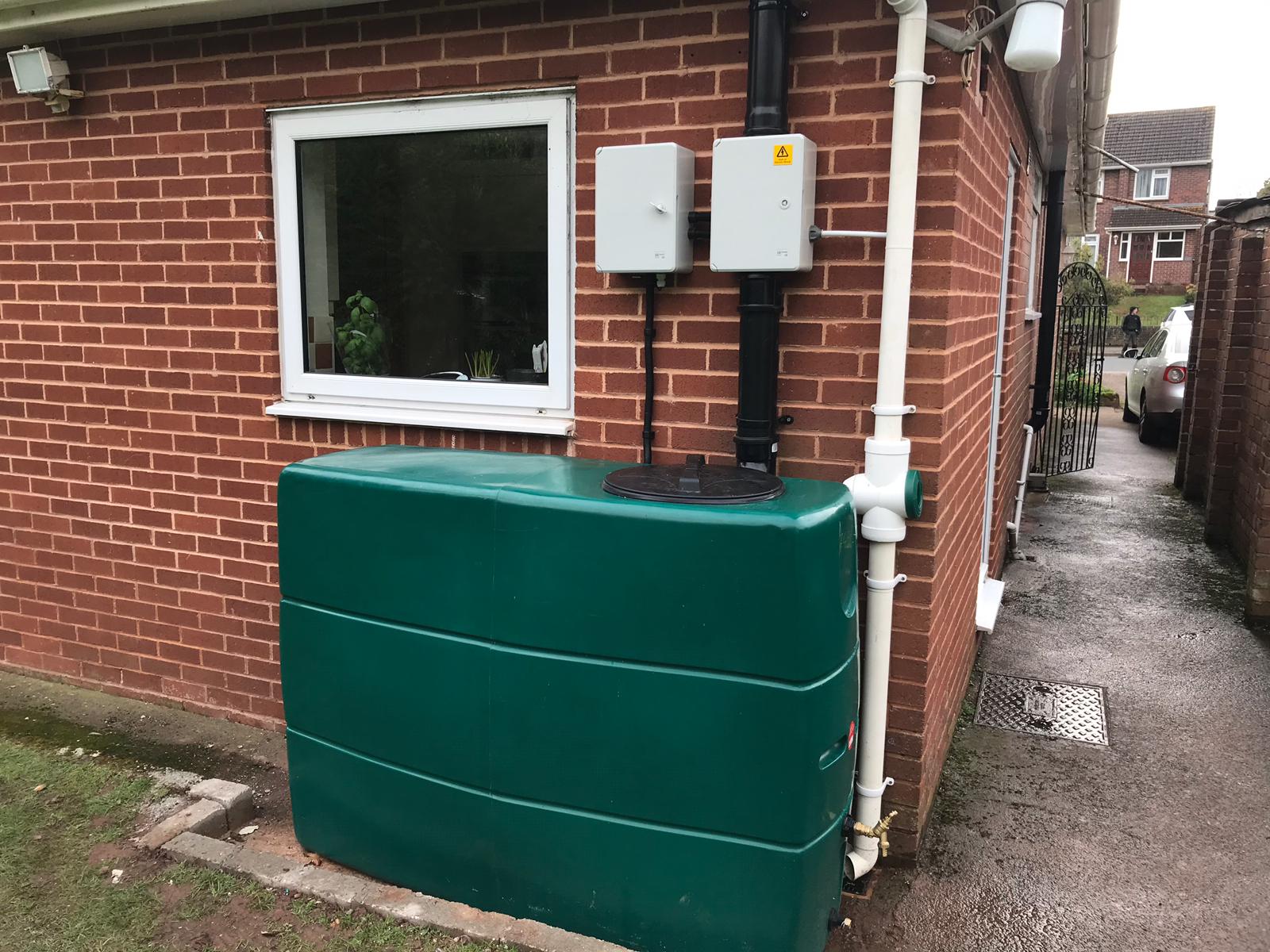The Isles of Scilly, situated 28 nautical miles south west of Land’s End, Cornwall, comprise approximately 200 low-lying granite islands and rocks, with a population of roughly 2,200, the majority of whom live on the island of St Mary’s.
The islands are one of the most vulnerable areas of the Less Developed Area of the UK to the impacts of climate change, drought and water shortages.
Due to their remote location, there is no connection to the UK mainland water supply systems. Around 60% of water is sourced from groundwater and the rest from a desalination plant, which is both carbon-hungry and expensive to run.
The islands’ potable water supply must cope with large fluctuations in demand. During the summer the population increases by up to four times and the islands are exposed to extreme water stress.

WHAT WE DID
South West Water engaged SDS in a pilot project to facilitate the supply of rainwater for purposes where mains-supplied water is not required and to reduce potable water consumption in periods of high demand.
SDS Intellistorm® Rainwater Management Systems were installed in residential properties in St Mary’s and Exeter, the latter’s location more readily accessible to a wider group of stakeholder parties.
Nine rainwater storage tanks, each with around 1,000 litres capacity are plumbed in to flush one toilet per property and equipped with mains water back-up in case the rainwater supply runs out.
SDS automated control technology restricts the timing of any required mains water top-up supplies to night-time, when demand is lowest.
RESULTS
SDS SYMBiotIC™ enables the accurate monitoring and reporting of operating data, facilitating decisions about the tanks’ longer-term contribution to addressing water scarcity on the islands.
The tanks attenuated 13m3 of rainwater per year – more than 16 times the volume of their full storage capacity – and supplied an average of 8,500 litres of rainwater per property in a year.
Once optimised, the best performing system controlled the timing of at least 95% of the mains water back-ups.
90% of the water supplied to the toilets was either rainwater, representing 70% of the total, or mains water added during periods of low demand.
Since rainwater reuse is the primary requirement, the dynamic release capability of the storage tanks is operated conservatively to ensure there is always as much rainwater as possible available for reuse.
As well as softening peaks in supply, a demand management approach to rainwater storage is also anticipated to help reduce leakage when water pressures are at their highest during night-time.
Download the full case study here.
Discover how SDS Intellistorm® and SYMBiotIC™ can benefit your development and get in touch now.





